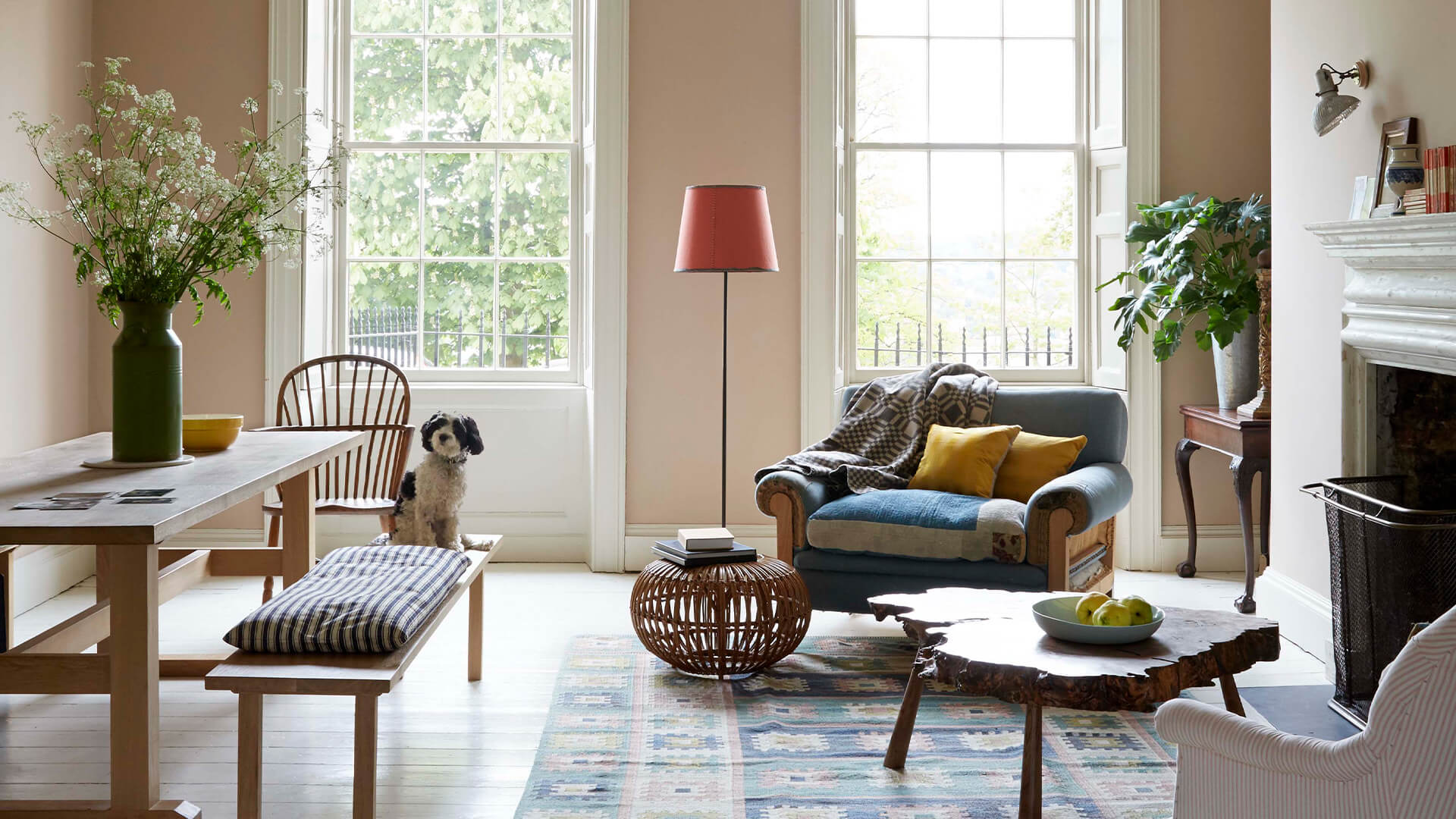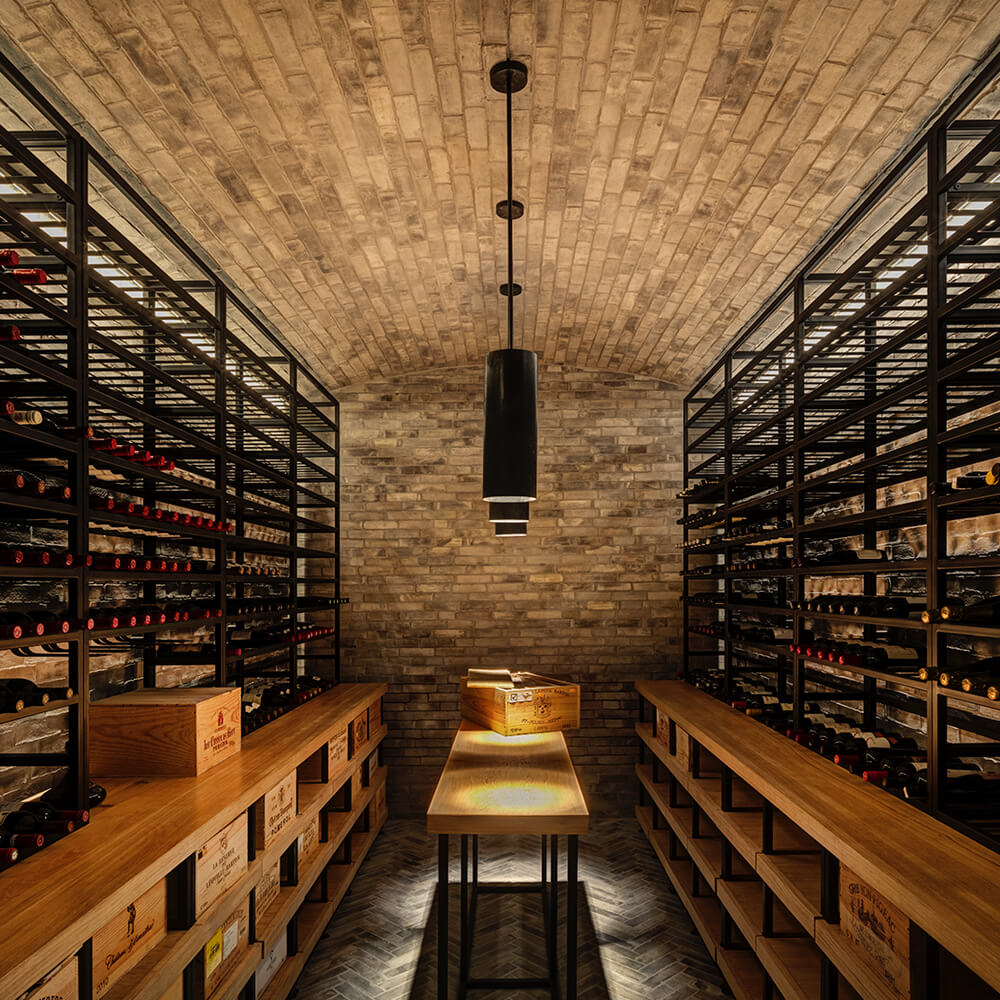Too Much or Too Little? – A Question of Fees
At RedBook, we undertake a professional fee analysis and cost benchmarking on all the proposals put forward by interior designers to our clients. By breaking down fee proposals of three (or more) designers, clients are then able to make direct comparison. Often, this approach will reveal a considerable difference between fee proposals—although, of course, it doesn’t always result in the designer with the least expensive proposal winning the project. In fact, in over 10 years of business and hundreds of projects, we have yet to see a client choose their designer purely on the basis of a lower fee cost.
And while clients need and want to understand the value provided by different fee proposals, we make a point of emphasising to them the huge value of personal chemistry between client and designer, as well as importance of taste being fully aligned.
How much should you be charging?
As a qualified architect and having worked in high-end interior design practices, I’ve been on the other side of this process and know full well that determining design fees can be complicated as projects often have various moving parts. There is a certain amount of nervousness in the design world as to what is an appropriate fee; even the most experienced interior designers have asked us whether we think they are charging too much or too little.
Since RedBook was established, we’ve maintained a database of fees which are typically charged by the leading interior designers. While the database is completely confidential, we are able to use it to offer guidance and share market insights with our Partners. With this in mind, do contact me if you would like to take advantage of our data.

Include hourly rates in your fee proposal
Our clients like to use hourly rates as an easy benchmark for comparing fee costs across different designers. How much to charge is up to you—we see a vast range of rates across the industry.
Detail costs up to planning
Whether you’re working on a new-build house or carrying out works to a listed building, it’s important that clients understand the risks and financial exposure of design works in the different phases of the project. This is especially true if the nature of the project is sensitive and could result in the planning application being rejected. This means outlining how much it will cost the client to appoint a designer to work on the planning application, and then how much more it will cost to fully design and build the house.
Fix procurement fees
By establishing a fixed upfront fee for procurement, clients can rest assured that they won’t be burdened with unexpected costs or hidden fees as the project progresses.
Benchmark work
If possible, include examples of past projects you’ve worked on and provide details on how much it cost to your previous clients to design and deliver the projects on a per sq ft basis. This can reassure prospective clients that they’re paying a fair and reasonable price for your services.
Be flexible and willing to negotiate
While some of our clients have the means to pay a premium for your services, many prefer to negotiate and seek out a fair deal. This could involve presenting various pricing alternatives or being amenable to adjusting your fees depending on the project’s complexity.

Any questions?
We hope these insights are helpful. If you would like to sit down and discuss how much you should be charging, please feel free to get in touch.
We are continually looking to improve our service to Partners, so we warmly welcome your feedback and would be very glad to answer any questions you may have.
Zahra,
Head of Partners
Zahra@redbookagency.com

